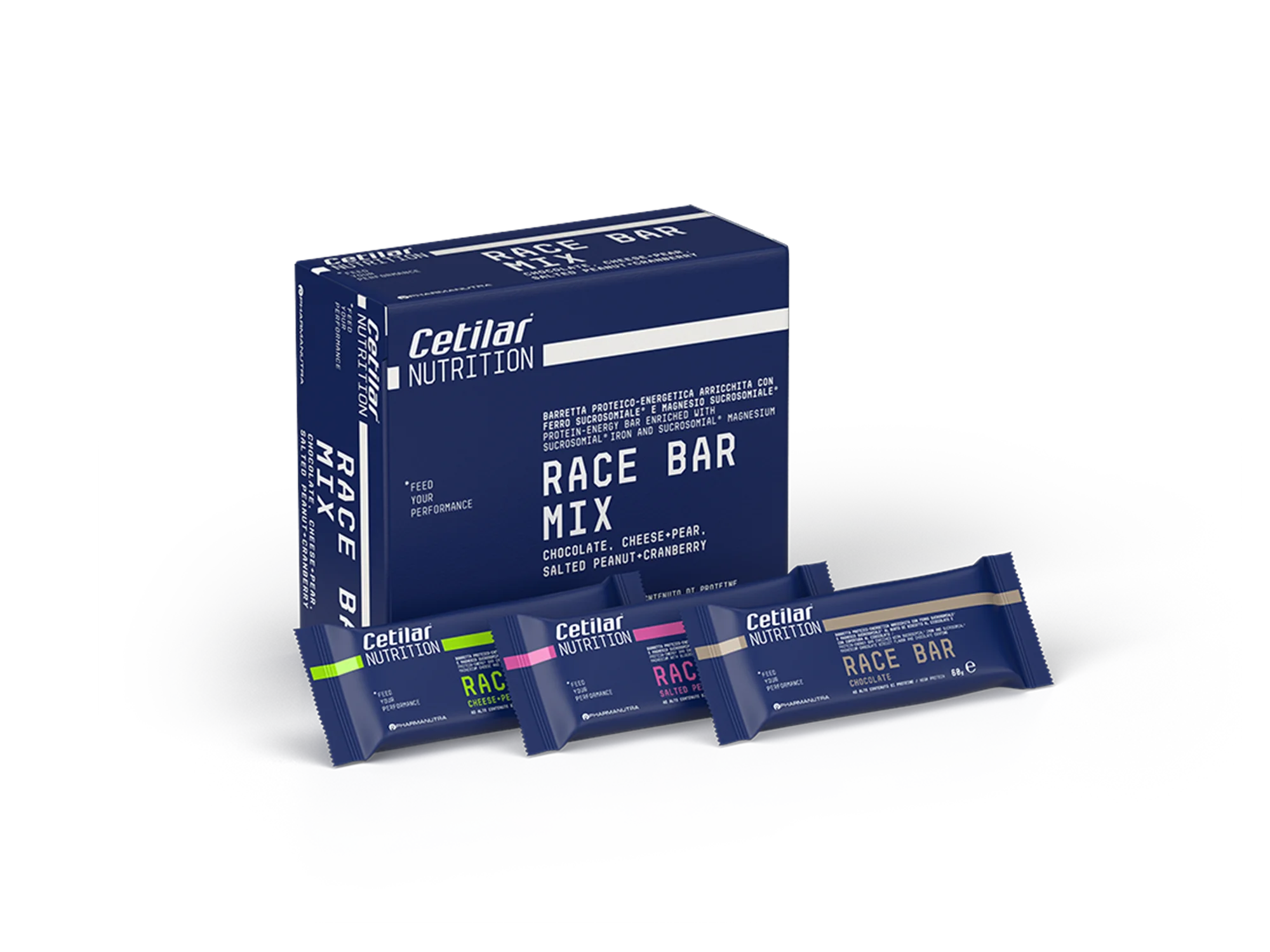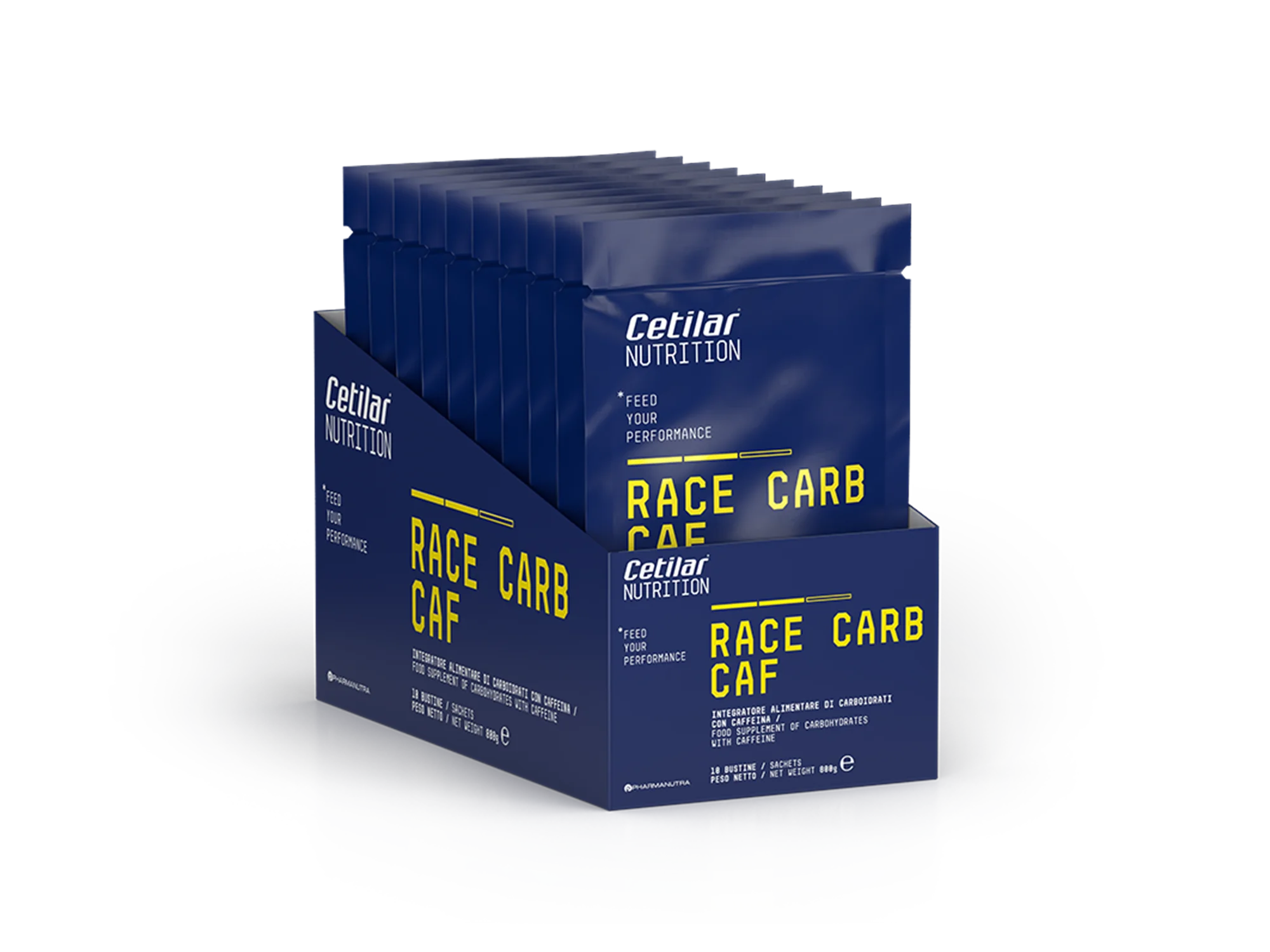Ketogenic diet for athletes: how does it affect performance?

The ketogenic diet (KD) is probably one of today’s trendiest diets, favoured not only by people struggling with overweight or obesity but also by those seeking to get back into shape or “quickly” shed a few extra pounds. The rapid weight loss potential of a ketogenic diet is undoubtedly its most appealing feature for people with weight problems looking to lose the excess pounds they have put on.
In the recent past, ketogenic diets (KD) were viewed sceptically not only by patients but also by many professionals in the field, who mistakenly associated them with the ketoacidosis induced by diseases like diabetes mellitus. However, overcoming this cultural misconception has led to the ketogenic diet gaining remarkable popularity, even among athletes seeking to enhance performance and body composition.
This article will discuss the following:
- What does a ketogenic diet (KD) consist of?
- Why have ketogenic diets become popular even among athletes?
- Differences between a classic ketogenic diet and one designed for athletes
- Ketogenic diets and sport: the effects on performance
- Following a ketogenic diet: practical advice for athletes
What does a ketogenic diet (KD) consist of?
KD is a diet that includes:
- A high percentage of fats, both of plant origin, such as avocado, nuts, seeds, olive oil and coconut and, but not exclusively, animal fats such as butter.
- A moderate intake of proteins generally derived from animal sources, such as meat, fish, eggs and dairy products but also plant sources.
- A low intake of carbohydrates (between 20 and 50 grams per day), almost exclusively from vegetables.
This type of diet aims to put the body into a state of ketosis (blood ketone levels greater than 0.5 mmol/L), which is a condition in which the body relies mainly on fats as its main source of energy, transforming them partly into ketone bodies (acetone, acetoacetate and β-hydroxy-butyrate) rather than carbohydrates.
Ketone bodies, or more simply ketones, can be described as lipid-derived energy “pills” that develop during states of prolonged fasting (but not only). Think of primitive man: our ancestors were born as hunters and gatherers of food made available by the environment. When there was a famine, their only chance of survival for millennia was to migrate and seek territories with a plentiful supply of food. But how could this be achieved despite the insurmountable obstacles of hunger, energy shortages and the fear of not making it? Our bodies developed the mechanism of converting fats into ketones to increase the chances of survival. Fasting for a few days depletes glycogen stores (our body’s carbohydrate store), but not fats and proteins. This can be seen as the trigger for ketosis: the glycogen stores are exhausted and the body is no longer finding carbohydrates in the environment to replenish this reservoir, therefore ketosis is triggered to draw from fat reserves rather than proteins, so as not to affect muscles and ensure that energy is available.
Just to give you an idea, one gram of fat provides approximately 9 Kcal, so 10 kg, or 10,000 grams of fat, provides 90,000 kcal: a nice big tank of fuel to use when needed! In addition to providing energy, ketosis works as an appetite suppressant and probably enhances the ability to manage the mental stress that results from prolonged fasting.
By reducing carbohydrate intake as much as possible, and thus affecting the glycogen reservoir, ketogenic diets are able to trigger the ketosis mechanism by exploiting the advantages of fasting. Many of you who have followed a good KD will have experienced a reduction in appetite, a greater capacity to maintain attention and manage daily stress without feeling excessive hunger, despite being on a low-calorie diet. However, it’s important to note that if your goal is to lose weight and reduce your fat mass, with a ketogenic diet (KD), as with any dietary regimen, you must maintain a calorie deficit, balancing the energy consumed through food with the energy expended, primarily through physical activity. Otherwise, while ketosis may be induced, there may be no significant changes in weight.
Why have ketogenic diets become popular even among athletes?
The depletion of glycogen stores during physical activity causes an increased feeling of fatigue during exercise, negatively impacting performance. A body that relies more on fats during exertion is theoretically more able to save glycogen and therefore prevent fatigue and maintain performance levels more easily.
The use of the ketogenic diet in sports also stems from the observation that enhancing an athlete’s ability to efficiently utilise fats over an extended period of KD means that subsequently, during competition, they can leverage both the enhanced fat management skills and the inherent advantages of carbohydrate use. This approach aims to achieve peak efficiency akin to a high-performance, dual-fuel “human” engine.
Differences between a classic ketogenic diet and one designed for athletes
An athlete’s ketogenic diet can be a low-calorie regime similar to that formulated for a classic case of overweight if the objective is to improve body composition by reducing fat mass. However, if the objectives are not to lose weight, but you still want to induce ketone production in the athlete, the KD can be normocaloric or even hypercaloric.
Another distinction concerns protein intake: while it may be true that excessive protein can potentially hinder ketosis, it is equally important to note that athletes require increased protein intake even on a ketogenic diet to ensure optimal muscle maintenance and prevent any negative impact on muscle mass
Ketogenic diets and sport: the effects on performance
While there are several success stories on the web about ketogenic diets in the field of sports, let’s remember that following this type of diet must always be based on valid clinical evidence. A recent review of the scientific literature on elite athletes by the ISSN (International Society of Sports Nutrition) indicates based on the studies available to date that:
- The impact of KD on athletic performance, overall, has been shown to be negligible or even detrimental compared to the traditional high-carbohydrate, low-fat diet. This is despite the ketogenic regimen’s potential to enhance lipid oxidation and utilisation.
- As regards endurance sports, such as running, cycling, triathlon etc., almost all studies highlight a decline in performance in athletes subjected to a ketogenic diet.
In endurance sports, the challenge emerges not so much during steady, sub-maximal activities, such as maintaining a constant pace while running or cycling at low intensity, where the body can predominantly rely on fat for energy, but when intensity rises, even briefly during sprints, sufficient carbohydrates are essential to maintain performance levels.
It is also worth noting that the majority of studies conducted to date do not exceed six weeks, demonstrating the challenges associated with maintaining a ketogenic diet over an extended period. - When evaluating strength-related performance in sports like weightlifting and bodybuilding, the ketogenic diet has shown comparable effects to carbohydrate-rich diets on average. However, most studies still indicate that greater benefits are achieved with non-ketogenic diets, and it is easy to understand why. Consider exercises that combine strength with power and are performed at high intensity over varying periods of time, such as in a typical CrossFit WOD. As glycogen stores and therefore the available carbohydrates are depleted, performance inevitably declines.
- Finally, with regard to body composition, a ketogenic diet can lead to greater short-term weight and fat loss compared to a high-carbohydrate, low-fat diet. However, if the calories and protein are not balanced, it can also result in lean muscle loss and significant changes in water compartments. It is important always to remember in fact that lean mass or, rather, “fat-free mass,” is everything that is not fat, so not only muscle, but also water and even muscle glycogen.
Following a ketogenic diet: practical advice for athletes
In practice, this information must obviously be adapted on a case-by-case basis.
Consider an athlete who needs to lose weight and fat mass, such as an alpine cyclist who has to defy gravity during the race. During the off-season, when training intensity is lower, they might follow a ketogenic diet. However, during the competition period, a carbohydrate-rich diet would be more beneficial for achieving optimal performance. In these cases, the science of nutrition has greatly evolved to meet the carbohydrate requirements during endurance performance, going so far as to formulate specific foods and supplements that can provide significant amounts of sugars (as much as 80-100 grams per hour!) through the use of scientifically tested blends of different sugars, such as trehalose, a natural carbohydrate, which due to its composition acts as an energy reserve, resulting in a more controlled release of energy.
Where an overweight athlete is engaged in low-intensity endurance activities, such as a runner who regularly completes 10 km runs at a steady pace without sprinting, a well-formulated ketogenic diet can be a viable option for improving both body composition and performance. In fact, as anyone who runs knows, the lighter you are, the shorter your time per kilometre will be.
The final piece of advice is to avoid a “do-it-yourself” approach and always speak to a sports health and nutrition professional. They can accurately assess your nutritional and supplementation needs based on your goals and health status, whether you are a professional or amateur athlete.
Lastly, remember that metabolic diseases, liver issues, and conditions like eating disorders pose significant risks and are absolute contraindications to a ketogenic diet.
Bibliography:
Leaf A et al. International society of sports nutrition position stand: ketogenic diets. J Int Soc Sports Nutr. 2024 Dec;21(1):2368167.



